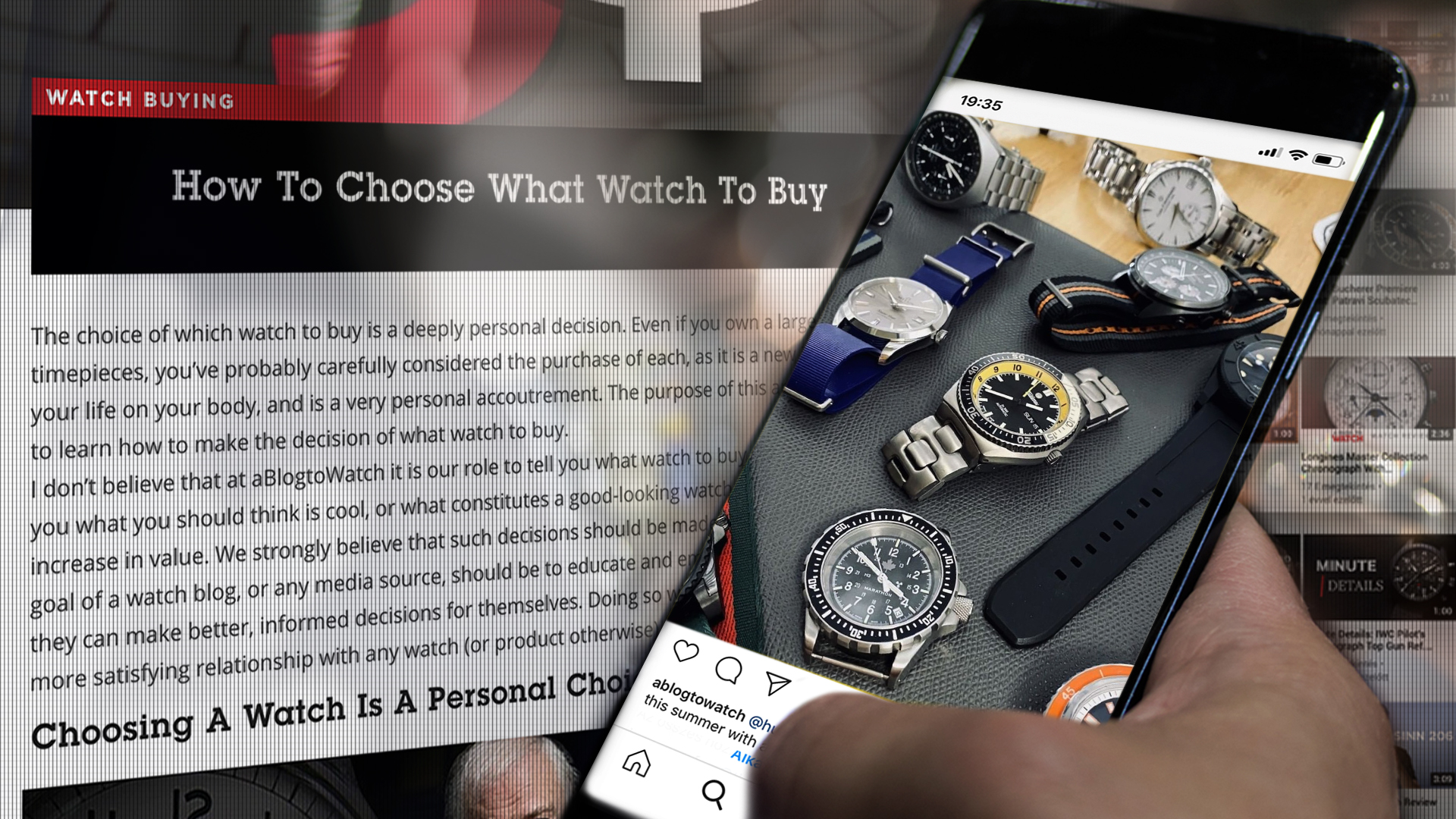 For most of the watch industry’s history, the traditional watch-buying experience was a function of what happened when a consumer entered into a retail store. The brands he or she was greeted with, the models they considered for purchase, and the education they got about those products all happened in a real-world retail environment. People were coming into stores knowing exactly what they wanted, and if that item was available, there was a good chance a sale would be made. A person strolling into a watch store and taking a serious look at the products clearly has an interest in buying something. A decent salesperson can ask what need they are seeking to fulfill, then funnel them toward an appropriate purchase. Very little of that tradition remains today. The watch industry first noticed this shift when retailers started to report an interesting phenomenon: Consumers were coming into their stores knowing more about the product than their sales staff.
For most of the watch industry’s history, the traditional watch-buying experience was a function of what happened when a consumer entered into a retail store. The brands he or she was greeted with, the models they considered for purchase, and the education they got about those products all happened in a real-world retail environment. People were coming into stores knowing exactly what they wanted, and if that item was available, there was a good chance a sale would be made. A person strolling into a watch store and taking a serious look at the products clearly has an interest in buying something. A decent salesperson can ask what need they are seeking to fulfill, then funnel them toward an appropriate purchase. Very little of that tradition remains today. The watch industry first noticed this shift when retailers started to report an interesting phenomenon: Consumers were coming into their stores knowing more about the product than their sales staff.
Who replaced the sales staff as educator and ultimately inadvertent salesperson? It was me and my contemporaries here at aBlogtoWatch, and at numerous other online watch outlets, who educate consumers about purchases prior to them ever going into a store. Today, around 85% of consumers interested in a luxury watch do research on the Internet before purchasing (and this number is growing each year). The power of the voices of influential experts and online publications is profound, so much so that traditional marketing and retail cannot bypass it.
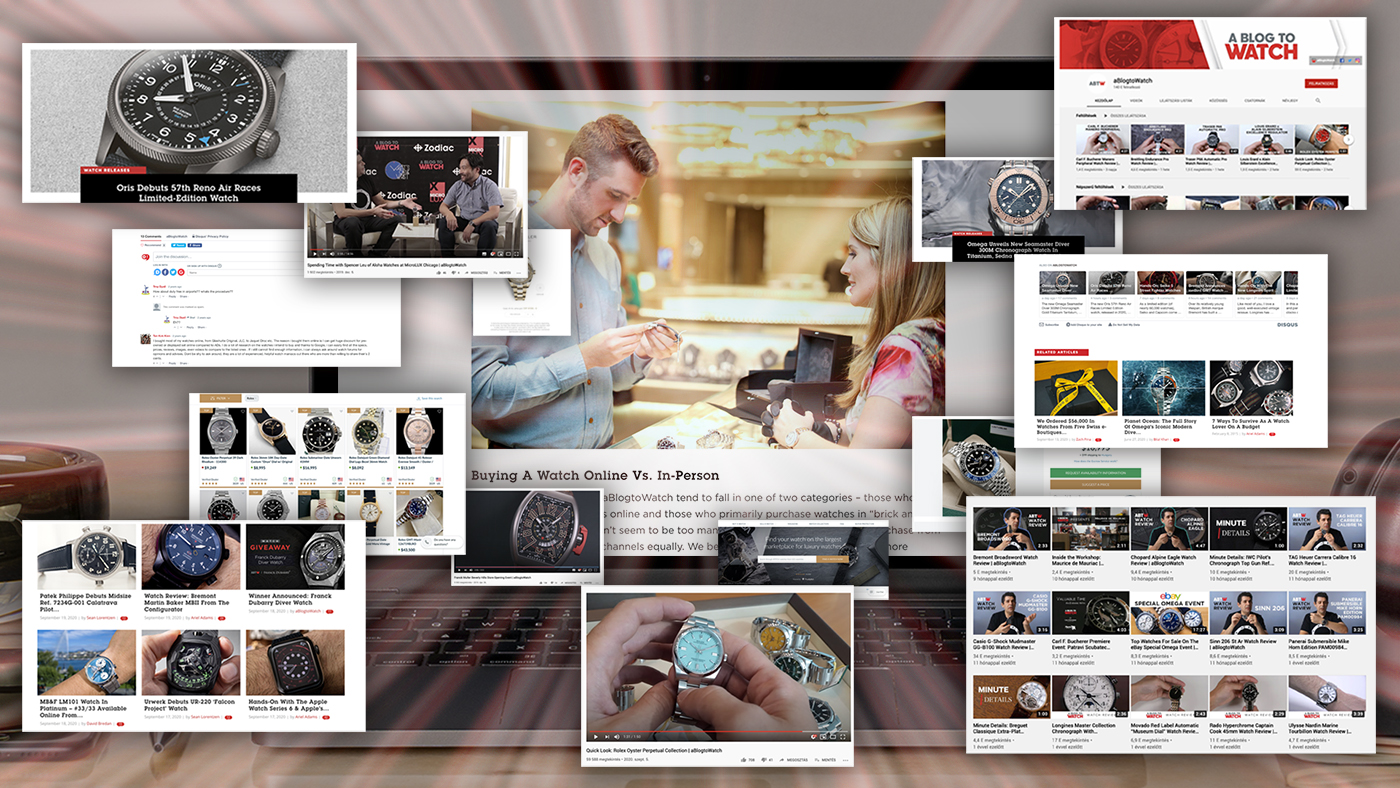 While the watch industry has had a meaningful relationship with the Internet for around 15 years, it has only recently started to become clear how consumers make decisions about purchasing watches in the new digital era. One of the most interesting challenges the watch industry currently faces is how to fund and produce all the new advertising and marketing content required by internet marketing. The online media and the communities around them actually inform and persuade a large percentage of active watch consumers as to how and what to buy. The power of online media is so great often because there is no competing authoritative voice — from watch retailers and, for the most part, from brands. A lack of persuasive messaging from watchmakers and retailers themselves allows online media outlets to capture near 100% of the conversations about the watches that should get consumers’ attention—and their money.
While the watch industry has had a meaningful relationship with the Internet for around 15 years, it has only recently started to become clear how consumers make decisions about purchasing watches in the new digital era. One of the most interesting challenges the watch industry currently faces is how to fund and produce all the new advertising and marketing content required by internet marketing. The online media and the communities around them actually inform and persuade a large percentage of active watch consumers as to how and what to buy. The power of online media is so great often because there is no competing authoritative voice — from watch retailers and, for the most part, from brands. A lack of persuasive messaging from watchmakers and retailers themselves allows online media outlets to capture near 100% of the conversations about the watches that should get consumers’ attention—and their money.
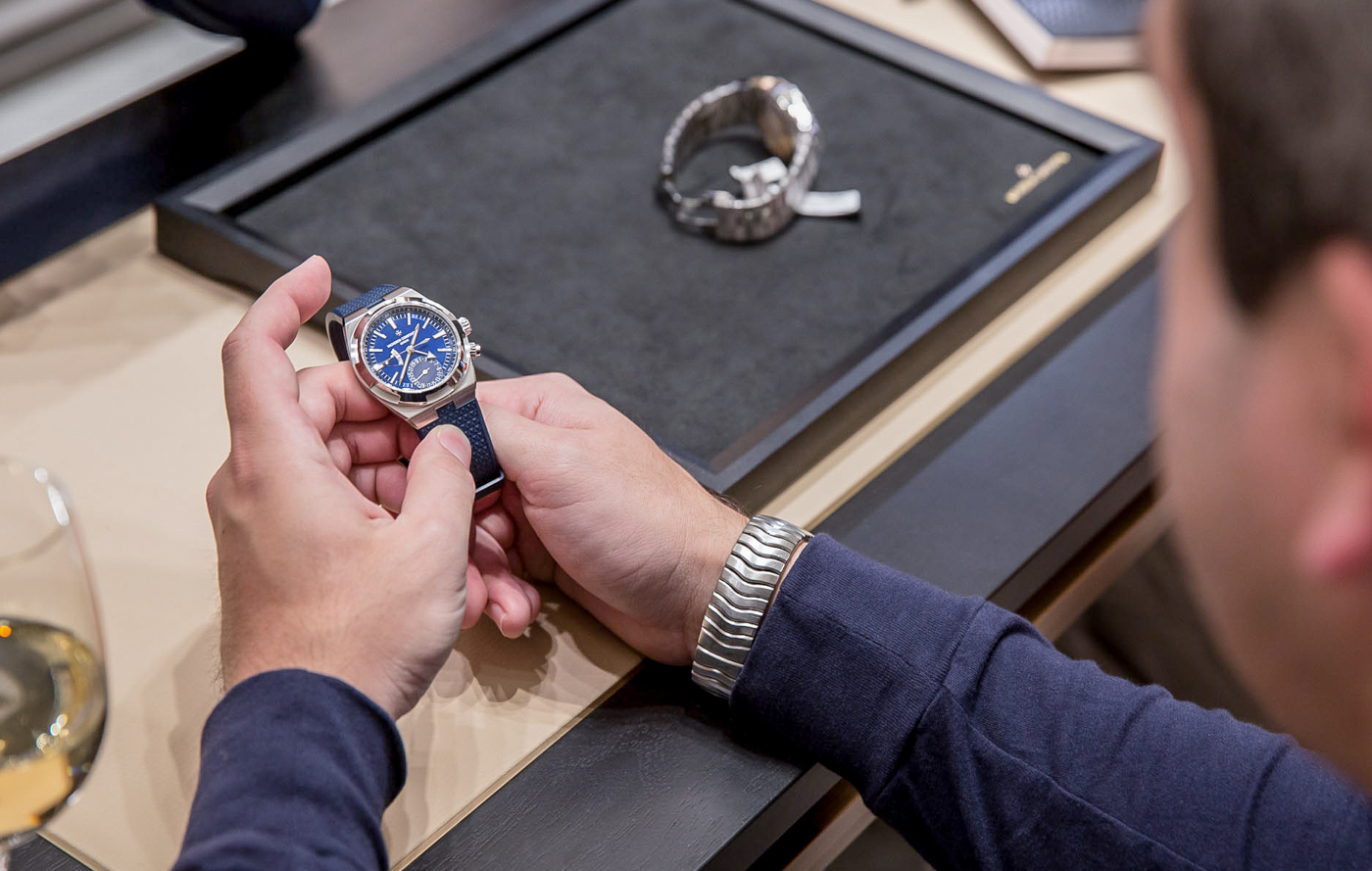 Online watch media can be effective at persuading consumers because it operates like a surrogate friend. I’m the “watch guy buddy” in the lives of many aBlogtoWatch audience members because someone like me doesn’t actually exist in their lives. I operate a lot like their friend who get them excited about the things I am excited about, inviting them to join conversations on topics they may otherwise only enjoy in isolation. With retail staff, there is an assumed inherent bias toward the products they sell; in most cases, everything they say is geared toward a sale. (Cynically, even polite chat serves to build rapport toward a sale.) On the other hand, an expert within online media has little if any skin in the game. His or her motivation is simply to inform and provide an assessment of a given timepiece, not to make a sale. If a retailer’s opinion clashed with that of a perceived popular voice on the matter, then—for better or worse—the retailer would rarely have the authority to win the argument. The online media expert’s voice will always trump that of a retail staff member in terms of authority.
Online watch media can be effective at persuading consumers because it operates like a surrogate friend. I’m the “watch guy buddy” in the lives of many aBlogtoWatch audience members because someone like me doesn’t actually exist in their lives. I operate a lot like their friend who get them excited about the things I am excited about, inviting them to join conversations on topics they may otherwise only enjoy in isolation. With retail staff, there is an assumed inherent bias toward the products they sell; in most cases, everything they say is geared toward a sale. (Cynically, even polite chat serves to build rapport toward a sale.) On the other hand, an expert within online media has little if any skin in the game. His or her motivation is simply to inform and provide an assessment of a given timepiece, not to make a sale. If a retailer’s opinion clashed with that of a perceived popular voice on the matter, then—for better or worse—the retailer would rarely have the authority to win the argument. The online media expert’s voice will always trump that of a retail staff member in terms of authority.
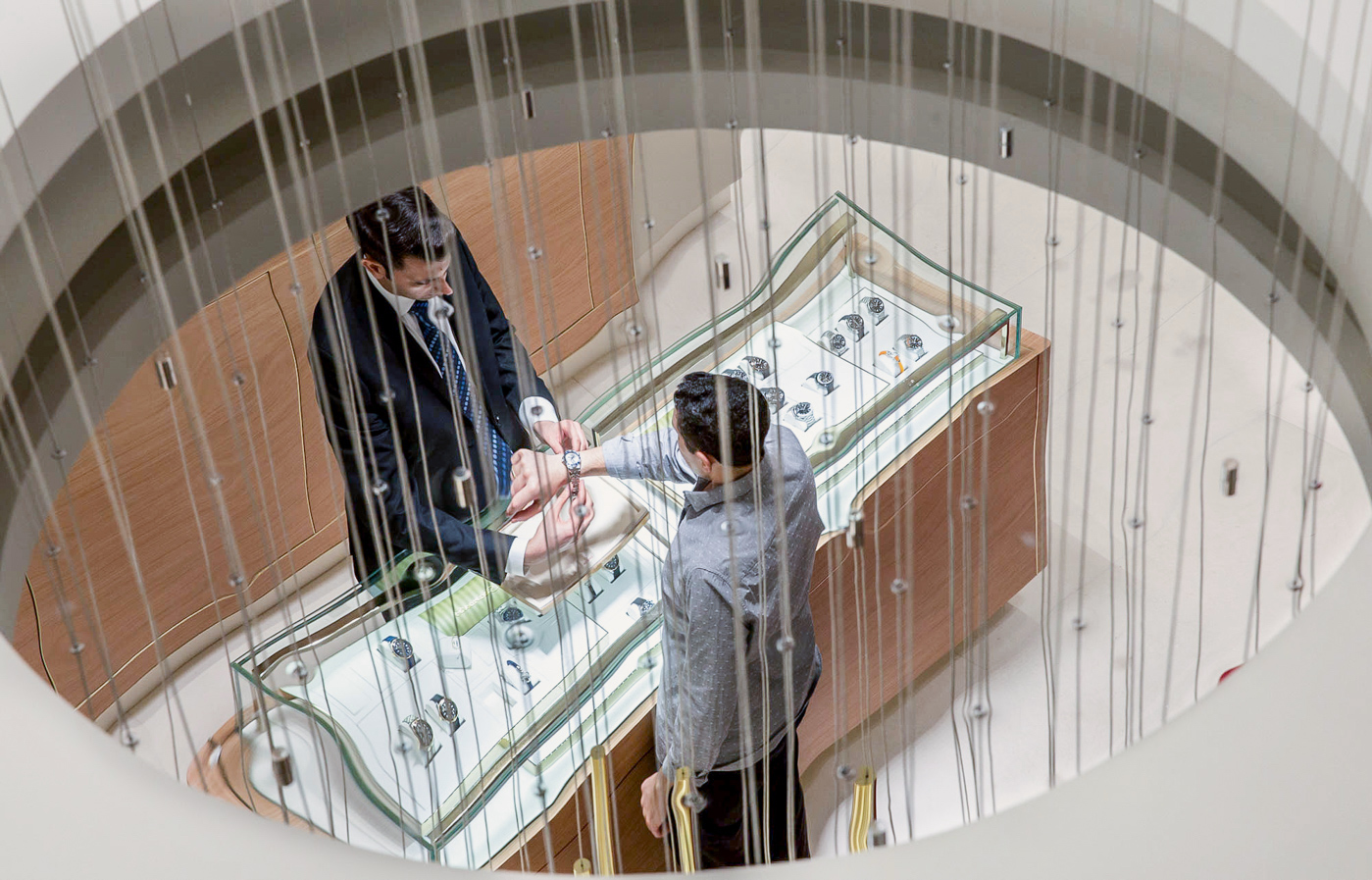 The traditional industry model was also vulnerable to the challenges of understanding the watch product category. I’m nearly two decades into studying the world of wristwatches, and I still learn new things on a weekly basis. This is a hobby that has a seemingly endless stack of lessons to learn and innumerable areas in which one can geek out. In the past, you had to go to a dealer if you wanted to learn about a watch, and repeated visits could yield deeper knowledge. Now, any consumer with a smartphone and enough motivation and time can learn as much as he or she wants. Listening to perceived online authorities makes more sense than making the trip to a retailer to find out a fraction of the available information.
The traditional industry model was also vulnerable to the challenges of understanding the watch product category. I’m nearly two decades into studying the world of wristwatches, and I still learn new things on a weekly basis. This is a hobby that has a seemingly endless stack of lessons to learn and innumerable areas in which one can geek out. In the past, you had to go to a dealer if you wanted to learn about a watch, and repeated visits could yield deeper knowledge. Now, any consumer with a smartphone and enough motivation and time can learn as much as he or she wants. Listening to perceived online authorities makes more sense than making the trip to a retailer to find out a fraction of the available information.
Back on the industry side, there is no clearly identified route to selling a watch to a consumer online. For example, if your customers seem to be coming from Google, Facebook, and blogs, how do you decided which of those to invest marketing into, or how to even go about formulating a different advertising strategy for each? Given the multitude of channels that can facilitate this, marketers are hesitant to invest in any given one. This lack of certainty and commitment has increased the amount of authority that online watch media has been able to capture.
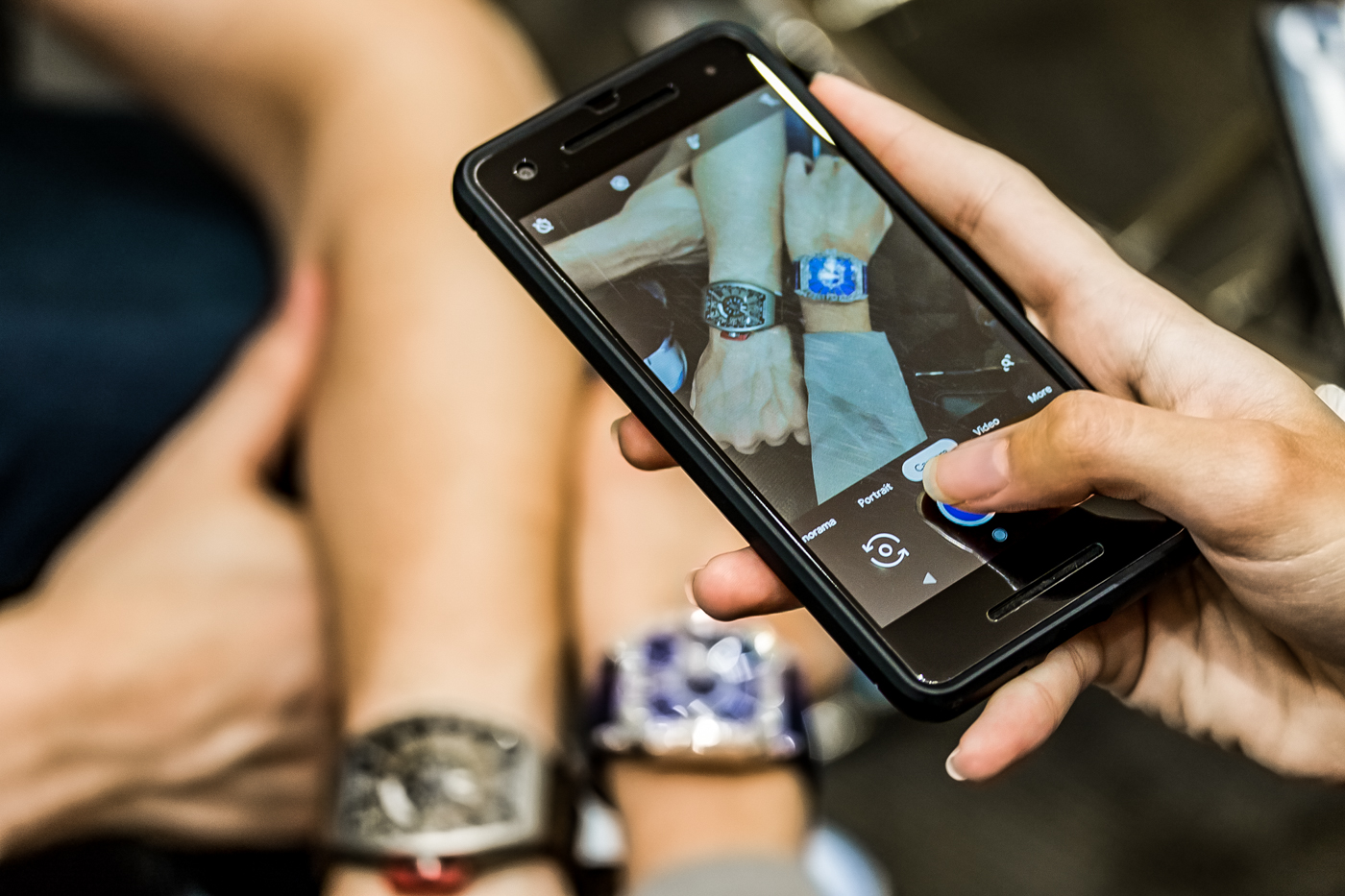 Prior to the explosion of online watch media, marketing and retailers could craft awareness and shape opinion. In today’s world, that paid media can only create awareness and rarely has the persuasive authority necessary to coax a consumer into a purchase. The power and authority to persuade someone to actually spend his or her money often rests with validation from a perceived expert, and in the case of watches, that is almost always an online influencer. Conversely, the influencer alone typically lacks the ability to create awareness. These forces exist in necessary tandem, with campaigns building awareness and influencers providing validation.
Prior to the explosion of online watch media, marketing and retailers could craft awareness and shape opinion. In today’s world, that paid media can only create awareness and rarely has the persuasive authority necessary to coax a consumer into a purchase. The power and authority to persuade someone to actually spend his or her money often rests with validation from a perceived expert, and in the case of watches, that is almost always an online influencer. Conversely, the influencer alone typically lacks the ability to create awareness. These forces exist in necessary tandem, with campaigns building awareness and influencers providing validation.
The current state of affairs is not the result of dramatic missteps by the watch industry. Rather, it was the inevitable outcome of the Internet age because a wealth of information is available at our fingertips, and a number of authoritative outlets have established themselves. As such, this is not authority and power that brands and retailers can claw back, but rather a new paradigm that they must embrace in order to justify and maintain what remains of the traditional model, or develop a wholly new approach. Even after more than 15 years dealing with the Internet, the watch industry remains at a crossroads, and it needs to make up its mind soon on which way to go — or see the vestiges of the traditional model turn completely to ruins.

